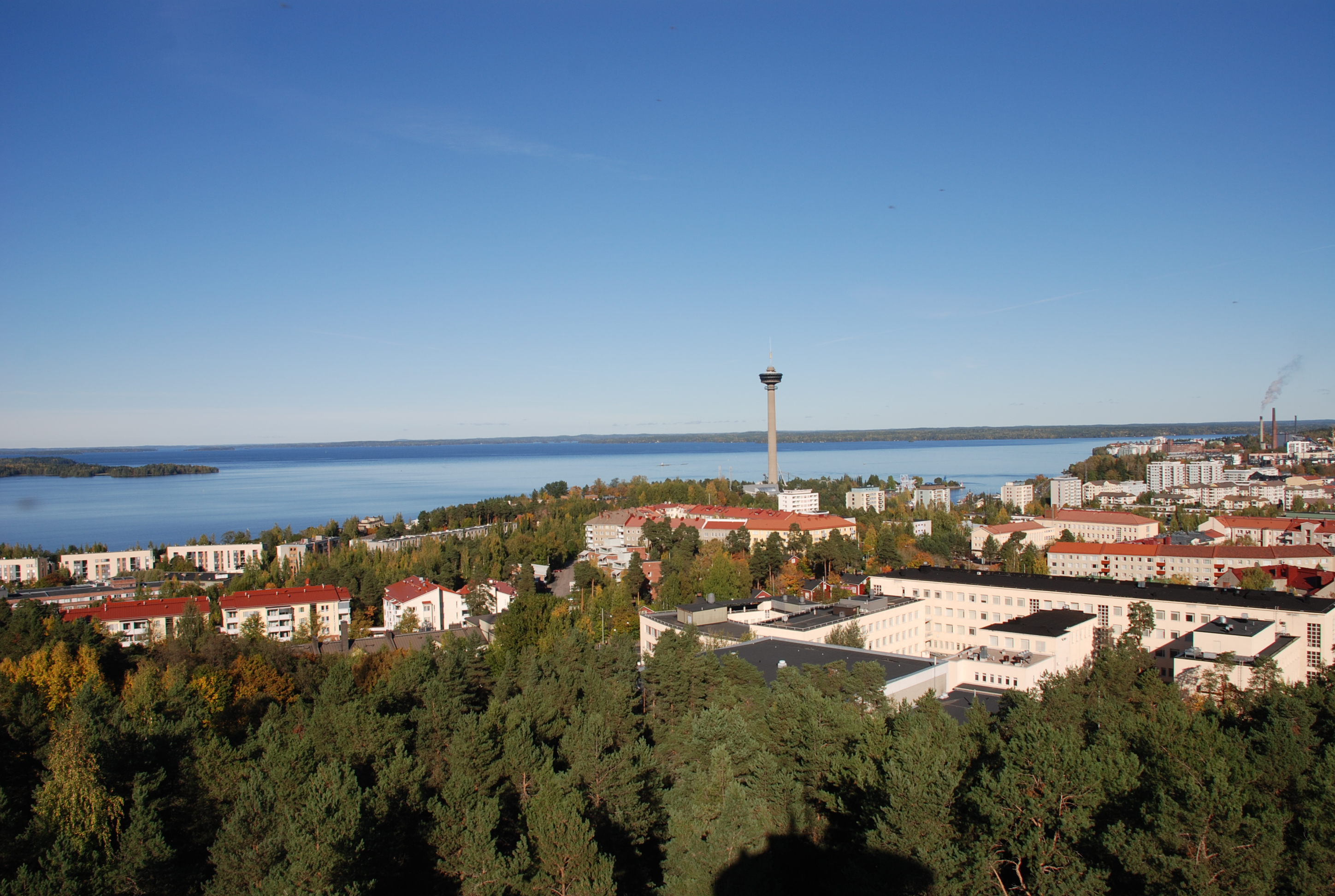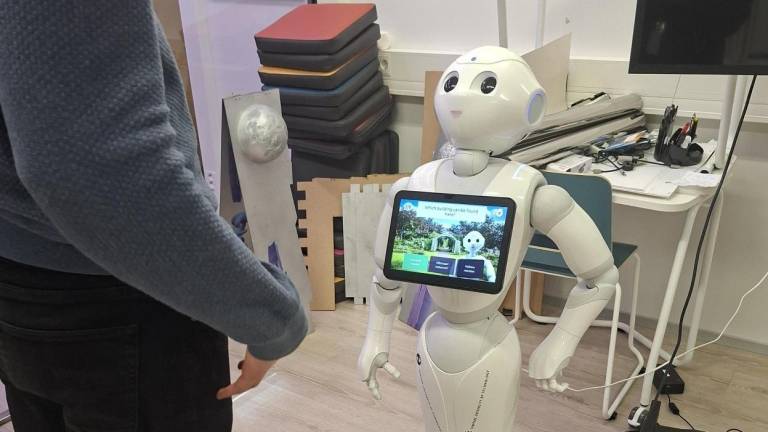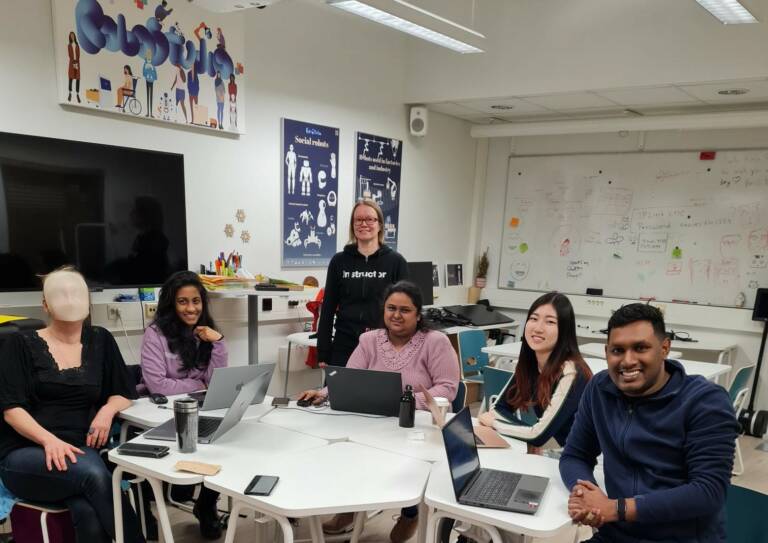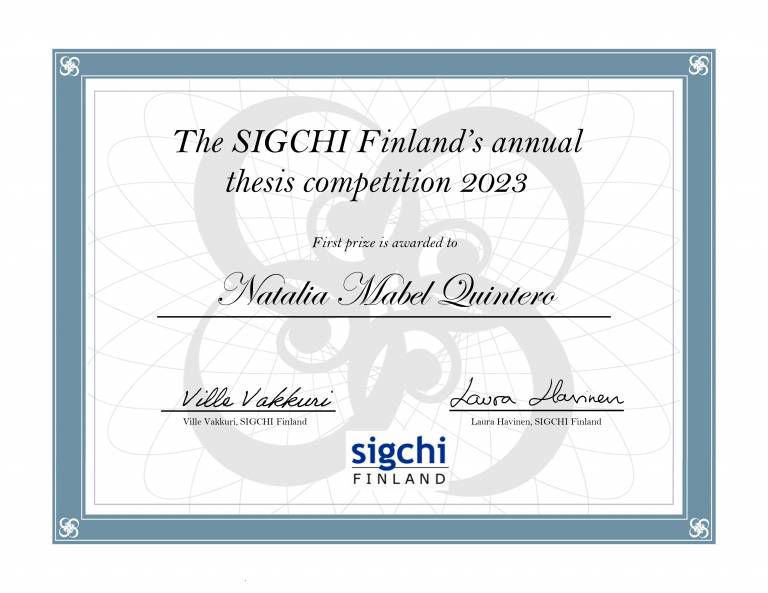Imagine a huge virtual open plan office with colleagues from all over the world working in your field. Whenever you need collegial advice or input, or want to start a new project, you have the most suitable colleague right across the room – all you have to do is call out.
Such a digital open plan office will likely not emerge in the near future. Even to dream of such a concept, researchers first need to investigate what kind of talent should be pooled.
According to Associate Professor Thomas Olsson from Tampere University, people should probably not be allowed to define the composition of the personnel in their office. We are quite biased and often end up favouring people we are already familiar with and find agreeable. For example, Peter might recommend Paul because he works on the same issues as Peter, supports the same football team and is a nice person. Peter and Paul are likely to enjoy their joint project, but would it result in the best possible outcome? Probably not.
“The best results are not created by similar partners, but when the partners complement each other in just the right way,” Olsson says.
Unfortunately, people are not very good at analysing others’ complementary qualities, especially when time is short and the project should already have started. Technology could turn out to be helpful here. Unlike Peter, artificial intelligence (AI) could browse Paul’s CV, latest scientific articles and Twitter posts in a matter of seconds. From these data, AI could determine whether Peter and Paul would be suitable teammates or whether it would be more fruitful to choose someone else instead.
“People could of course do it themselves, but it would take a huge amount of time and not many people have that,” says Doctoral Researcher Ekaterina Olshannikova.
Who to follow?
Olsson and Olshannikova are working in the Big Match project at Tampere University, which is developing digital tools to support the networking of experts. The aim is to analyse how people could be most ideally connected and determine what kind of technical platforms could be created to facilitate networking. The project combines research in data analytics, computer science, social psychology, and human-computer interaction.
Recently, the researchers analysed existing networks of scientific community members based on their Twitter behaviour and publication history.
“We were trying to discover how far apart the different experts are from a social network perspective, and what topics, for example, the followers of a particular organisation are talking about on Twitter,” says Olshannikova.
Special attention was paid to whom the experts mention in their tweets. Among other things, it gives an indication of the closeness of their interactive relationships. On this basis, it is possible to create new kinds of recommendations about who to follow.
“Twitter and other social media currently often provide the users with followee recommendations who are either celebrities or people with whom you have similar interests or some sort of weak tie. But if we really wanted to learn new things and get new ideas, we should communicate with people who are quite different from us,” Olsson says.
Like a gigantic puzzle
It is not simple to create such recommendations. So many things influence the dynamics between collaborators that it is difficult to show which factors are the most important.
“Human relationships are like a gigantic puzzle. Each piece is different, but they must all fit together,” Olshannikova points out.
Traditionally, the formation of expert groups has utilised such metrics as the Big Five personality traits, which are derived from psychology. The Big Five has been shown to have the potential to create groups of people who get along well together, but whether such concord will generate the best possible innovations is another question entirely. Thus, the Big Match project focuses on other dimensions, such as various abilities and skills, and on matching interests and goals.
“There should not only be similarities, but also enough variation. That task is not easy,” Olshannikova says.
According to Olsson, the whole Big Match project is risky because it may not be possible to create validated templates for social matching in just one project, let alone working applications that would allow the scientific community to start using them to search for partners. Much conceptualisation and exploration still lies ahead.
However, the risk is worth taking, Olsson argues.
“If we succeed and are able to build effective collaborations and expert networks, the benefits can be enormous for individuals, organisations and society. Both productivity and job satisfaction could increase on a large scale. We have the opportunity to follow the university’s slogan of unleashing human potential,” he explains.




